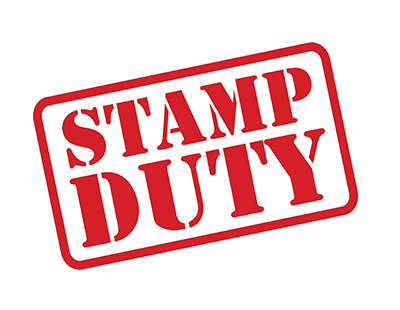National estate agency Jackson-Stops claims that the 3% stamp duty surcharge on additional homes is still confusing buyers, despite being in operation for over two years.
The firm says that the most common reason for buyers overpaying their stamp duty bill is due to misunderstanding of the 3% surcharge.
The additional stamp duty requirement, introduced in April 2016, applies to the purchase of second homes and buy-to-let properties.
The agent cites figures from Her Majesty's Revenue & Customs (HMRC) showing that at least 15,700 buyers overpaid stamp duty in the last year. HMRC has also said that it receives calls about the stamp duty surcharge every day.
Jackson-Stops gives an example where it saved a buyer from paying an additional £18,000 on the purchase of a £600,000 home as they were not required to pay the surcharge. This left the buyer's bill at £20,000 rather than £38,000 had the surcharge been applied.
"Some assume that owning any other property triggers liability for [the stamp duty surcharge]," says a spokesperson for Jackson-Stops.
"But it should not apply when replacing your “principal place of residence” and, if you move before selling your previous home, you have three years to claim the 3% surcharge back, when you do."
The agency cites another example of the owner of a buy-to-let property who was not required to pay the stamp duty surcharge after selling their main residence to live abroad, returning and then buying a replacement property as a main residence.
It says it also knows of a buyer of a four-bed cottage with one-bed studio who mistakenly paid a £20,000 surcharge, but was able to claim it back.
Another issue to be aware of is mixed-use properties, says the agency.
Despite higher Capital Gains Tax liabilities, properties that include offices or agricultural land can fall under commercial stamp duty rates.
Jackson-Stops refers to a buyer of a farmhouse with 50 acres this applied to where the stamp duty difference was £186,750.
Purchasing of multiple dwellings also often causes confusion, according to the agency.
"The process takes into account the tax that would be paid on the individual average price, as opposed to taxing, say, five £200,000 houses as if they were a single £1 million property," it says.
"It applies a minimum rate of 1% but, again, can make a substantial difference. Ultimately, HMRC deals with all purchases on a case-by-case basis."











.png)


.png)




Join the conversation
Jump to latest comment and add your reply
Despite being in force for over two years HMRC have, as of last month, updated the SDLT manual to reflect the additional rate of SDLT which became applicable to most residential transactions completing after April 2016. The manual can be found here: https://www.gov.uk/hmrc-internal-manuals/stamp-duty-land-tax-manual/sdltm09730.
As a result of the updates, HMRC have removed the PDF guidance to the additional rate which was published in 2016 as it is now out of date in many respects. Anyone who has a printed copy of the guide should use extreme caution in continuing to rely on it.
How does anyone over pay? your solicitor sends you a statement with the balance required on including stamp duty, so unless they don't know what they are doing (which is more than possible) then where is the problem? "news" about 1 incident no doubt.
Please login to comment